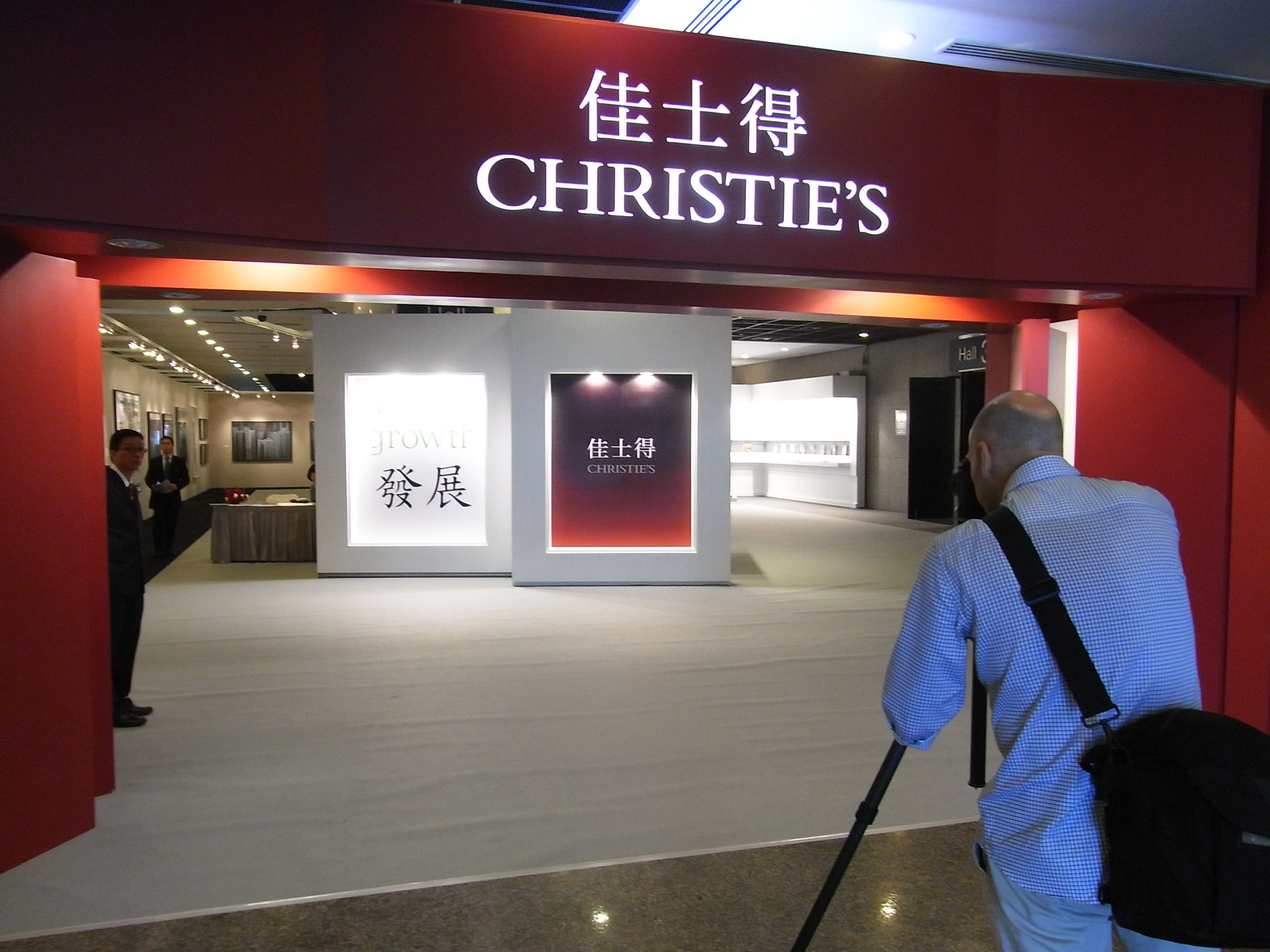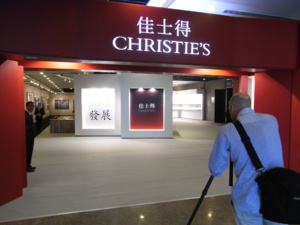Last week, price the painting, owned by a Chinese collector Liu Yiqian, was $ 170 million. It was a safe investment, unlike the Chinese market during the years of the crisis. Besides, the purchase is in line with other investments of Chinese millionaires.
2008 was the year when the global financial crisis has forced Chinese millionaires to invest in cheap property in the US and Europe. 2015 will be remembered as the year in which private capital left China and then came back once again. It was the time when the economy jerked back to a new reality and where low interest rates stimulated the outflow of capital from the banks. In turn, this fueled devaluation processes already grown large on the anti-corruption background. The measures pushed rich Chinese people to withdraw funds from the country in a hurry.
- Last 4 months, wealthy Chinese have transferred money to offshores, being confident that the yuan will depreciate. In this regard, the development of corruption is very real, thus people are scared, - said Shaun Rein, director of financial research group China Market.
According to the National Association of US Estate Agents, most of this money was invested in property in the United States, London, Australia, Singapore and Canada.
This year, Chinese investors got to winward Canadians, having become the largest investors in the US real estate market. Their investments totaled $ 28.6 billion.
Another way to withdraw capital from China
Over the last few decades, the contemporary art market has become a large-scale investment mechanism.
Despite this, it was only a few years ago when large investors have come to recognize that purchasing works of art is not only a good way to keep accumulated funds, but also earning money.
April this year, Head of the world's largest asset management company BlackRock Larry Fink publicly stated that contemporary art has become one of the two main international means of storing wealth, along with purchase of apartments in major cities such as New York, London and Vancouver.
"Forget about gold as a hedge against inflation, buy paintings," – he said.
According to a Harvard economics professor Kenneth Rogoff, this is an extremely alarming sign.
"I, of course, am not happy with this trend. I rather agree with the philosopher Peter Singer that obscene amounts spent on purchasing masterpieces of modern art is worrying," - said Rogoff.
In his article on Projec Syndicate, Rogoff writes that simple corruption scheme, which aims to withdraw capital from the country, often hides behind stunning deals at Christie's and Sotheby's.
“It is possible that anonymous Chinese buyers had been secretly withdrawing money from the country before starting to bid at the last auction Christie's and Sotheby's. For them, the paintings are nothing but investment vehicle, especially useful to keep a secret. It is not necessarily to exhibit art objects anywhere. They can be hidden in special armored vaults with controlled temperature and humidity in Switzerland or Luxembourg. It is reported that now deals on the art market sometimes are simple shifting of pictures from one warehouse section to another.
Of course, art investors, who are busy with capital withdrawal or want to hide or launder their money, have incentives and motives quite different from that of ordinary investors. It is unlikely that the Chinese invented the game. Not long ago, a powerful motor of the art market was Latin America: capital fled from the countries such as Argentina and Venezuela, and in addition, the drug cartels have used art to launder money."
source: nyt.com, project-syndicate.org
2008 was the year when the global financial crisis has forced Chinese millionaires to invest in cheap property in the US and Europe. 2015 will be remembered as the year in which private capital left China and then came back once again. It was the time when the economy jerked back to a new reality and where low interest rates stimulated the outflow of capital from the banks. In turn, this fueled devaluation processes already grown large on the anti-corruption background. The measures pushed rich Chinese people to withdraw funds from the country in a hurry.
- Last 4 months, wealthy Chinese have transferred money to offshores, being confident that the yuan will depreciate. In this regard, the development of corruption is very real, thus people are scared, - said Shaun Rein, director of financial research group China Market.
According to the National Association of US Estate Agents, most of this money was invested in property in the United States, London, Australia, Singapore and Canada.
This year, Chinese investors got to winward Canadians, having become the largest investors in the US real estate market. Their investments totaled $ 28.6 billion.
Another way to withdraw capital from China
Over the last few decades, the contemporary art market has become a large-scale investment mechanism.
Despite this, it was only a few years ago when large investors have come to recognize that purchasing works of art is not only a good way to keep accumulated funds, but also earning money.
April this year, Head of the world's largest asset management company BlackRock Larry Fink publicly stated that contemporary art has become one of the two main international means of storing wealth, along with purchase of apartments in major cities such as New York, London and Vancouver.
"Forget about gold as a hedge against inflation, buy paintings," – he said.
According to a Harvard economics professor Kenneth Rogoff, this is an extremely alarming sign.
"I, of course, am not happy with this trend. I rather agree with the philosopher Peter Singer that obscene amounts spent on purchasing masterpieces of modern art is worrying," - said Rogoff.
In his article on Projec Syndicate, Rogoff writes that simple corruption scheme, which aims to withdraw capital from the country, often hides behind stunning deals at Christie's and Sotheby's.
“It is possible that anonymous Chinese buyers had been secretly withdrawing money from the country before starting to bid at the last auction Christie's and Sotheby's. For them, the paintings are nothing but investment vehicle, especially useful to keep a secret. It is not necessarily to exhibit art objects anywhere. They can be hidden in special armored vaults with controlled temperature and humidity in Switzerland or Luxembourg. It is reported that now deals on the art market sometimes are simple shifting of pictures from one warehouse section to another.
Of course, art investors, who are busy with capital withdrawal or want to hide or launder their money, have incentives and motives quite different from that of ordinary investors. It is unlikely that the Chinese invented the game. Not long ago, a powerful motor of the art market was Latin America: capital fled from the countries such as Argentina and Venezuela, and in addition, the drug cartels have used art to launder money."
source: nyt.com, project-syndicate.org






